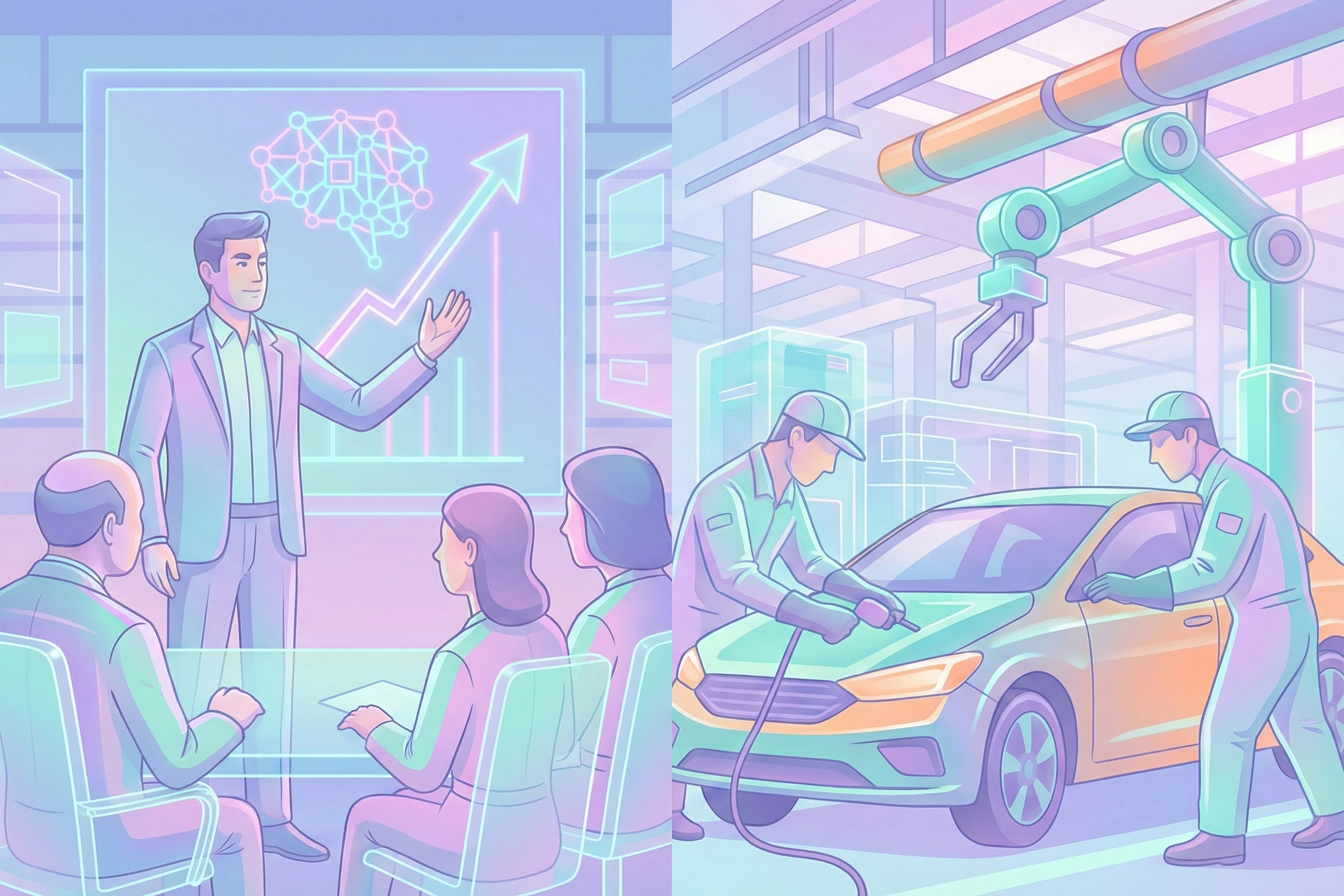
A series of recent events have drawn our eyes and ears to the very possibility that extra-terrestrial life exists and, even more so, that alien lifeforms or technology are among us. While none of these events presents concrete evidence, they nevertheless accumulate in our minds and make us more open to the idea that ‘they’ are already here. Until a few years ago, such ideas were only taken seriously in sci-movies and television series such as the X-files. However, having an open mind is still a far cry from actually believing in alien presence on Earth. This presents us with an interesting though experiment: suppose aliens really visit us, what kind of evidence would it take to convince us of that fact? In these times of fake news and conspiracy theories, convincing the public of such a new reality would not be an easy feat.
In 2020, the U.S. military released three videos of so-called Unidentified Aerial Phenomena (UAP). A year later, intelligence agencies released a report on UAPs that concluded that several observations remained unexplainable. For instance, certain flight characteristics appeared to be beyond known human technological capabilities. This year, an American whistleblower claimed that military and commercial pilots regularly encounter such phenomena. Even more so, another whistleblower, David Grusch, claimed during a hearing in the House of Representatives that the U.S. government is in possession of (pieces of) alien technology and even of extraterrestrial biological tissue. Even academia is chipping in, as Harvard professor Avi Loeb explicitly claims that an interstellar object, which crashed into the Pacific Ocean in 2014, could very well be the remains of an alien spacecraft.
As noted, none of these events present any kind of hard evidence for the presence of aliens or their technology on Earth. They are hard to believe, as in the case of Grusch, or intriguing, as in the case of the videos and other observations, or interesting as in the case of prof. Loeb. Yet, serious experts agree that these events don’t prove anything.
Still, these events seem to make us, humans, more open to the idea that there’s life out there and, indeed, that they could already be among us. Especially the fact that the U.S. military willing to be more open about their own struggle to explain several observations, gives some credibility to ideas that were previously met with ridicule. Consider, for instance, how in February this year, the appearance of several objects in the skies over Northern America led to speculation about alien technology; our minds were already primed to this idea and military leaders did little to debunk it straightaway.
However, entertaining a thought is still very different from genuinely believing in it. Today, half of all Americans say that UAPs are probably signs of alien activity on Earth, but this does not mean they are convinced of this fact, let alone having accepted its possible consequences. This raises the question what it would take for us to really believe in aliens? That is, suppose that aliens or their technology have indeed made it to our planet, what kind of evidence would it take to convince the majority of people? Better footage - less vague and grainy - of flying objects could for instance be enough for some people to start believing in aliens. Yet, many more people would at least need additional statements from credible scientists, to start believing. Even then, we could easily brush such evidence aside as fake news or the product of some kind of conspiracy. In fact, millions of Americans still don’t believe that the Moon landings ever took place, and some will probably question the authenticity of India’s lunar mission as well. Material evidence of extraterrestrial technology, such as debris from a spacecraft, would probably do better, but even that could be discredited as fake. The same goes for supposed alien tissue; that could just as easily be an unknown creature from the deep seas or the product of a conspiracy. Perhaps only a full-blown alien attack on Earth, like we know from the movies and radio shows, would put us on full alert.
This hypothetical alien scenario is not all too different from the issue of climate change, or, as in Don’t Look Up, a comet heading for Earth. Even if the evidence would be abundant and supported by scientists around the world, alien presence could still be beyond belief. Especially in our age of disinformation and conspiracy theories, it would be easy to discredit any form of evidence and to reject this new reality as a “deep state” plot to achieve whatever objective.
The example of climate change, and COVID-19 to a lesser extent, shows that a fact is much tougher to swallow when its consequences are huge and detrimental. Indeed, alien presence on Earth would spell out very bad news for mankind. Even when they come in peace, their technological superiority would pose an existential threat to mankind. Unless the evidence is overwhelming and undeniable, accepting the reality of alien presence would take quite some time. A less consequential finding, by contrast, would be much easier to accept. Suppose a Mars rover were to find evidence of very primitive life on Mars, we would likely have little problems accepting it as fact. It would hardly have a direct impact on life on Earth and do little to our sense of security. Moreover, the very fact that we have found ‘them’ instead of them finding us, would provide some reassurance that we are technologically superior and have less to fear.
To conclude, recent events provide no irrefutable evidence that extraterrestrial life has found its way to planet Earth, and, at best, they inspire a half-hearted belief in alien presence. In all likelihood, much more convincing evidence will be needed to convince the masses. We can only hope that such evidence will not come in the form of mass destruction.

